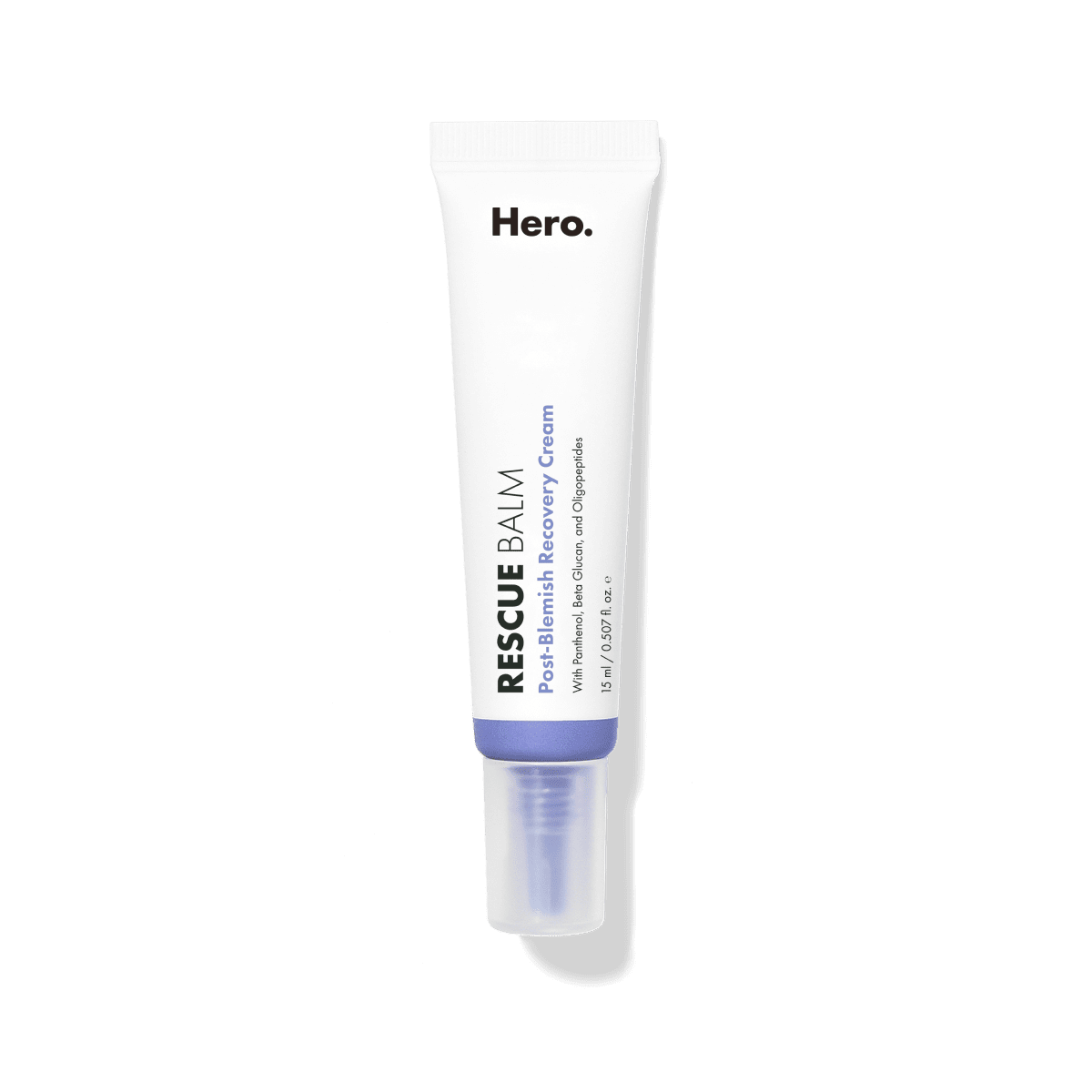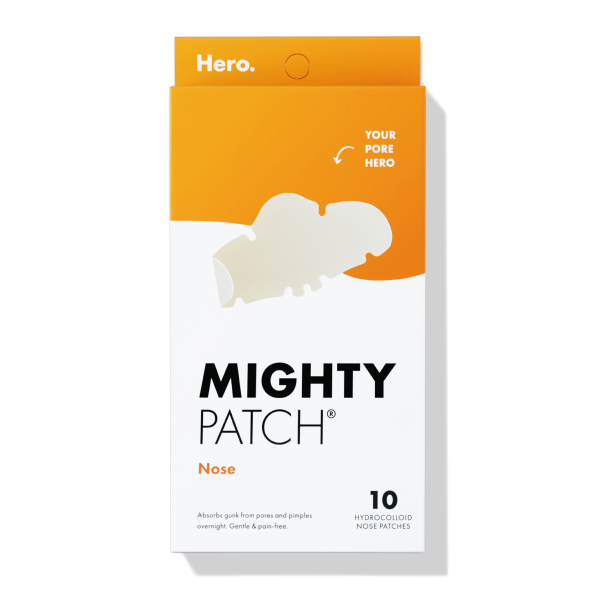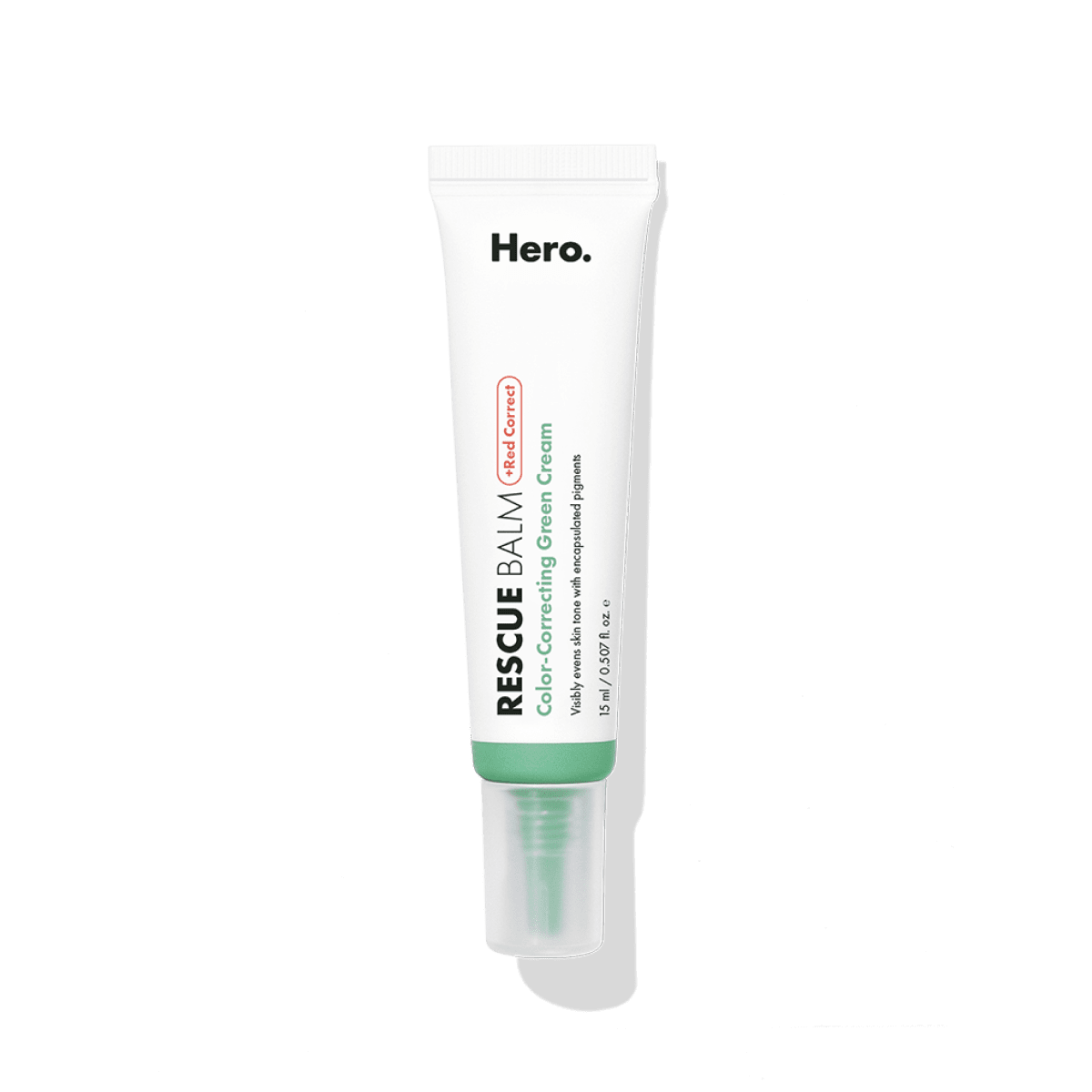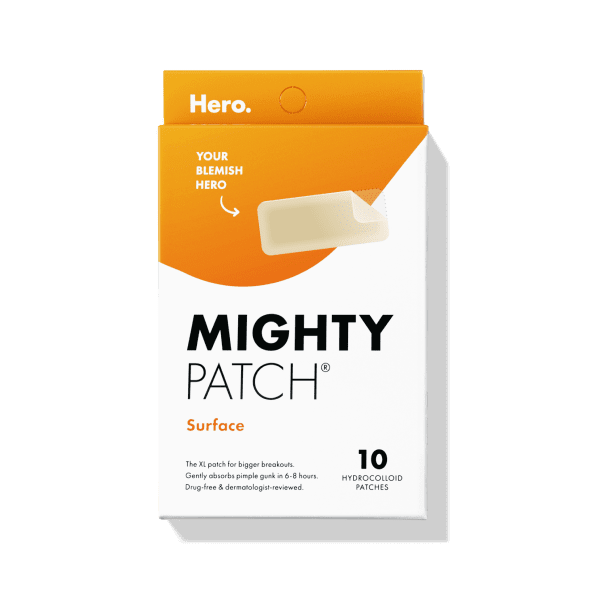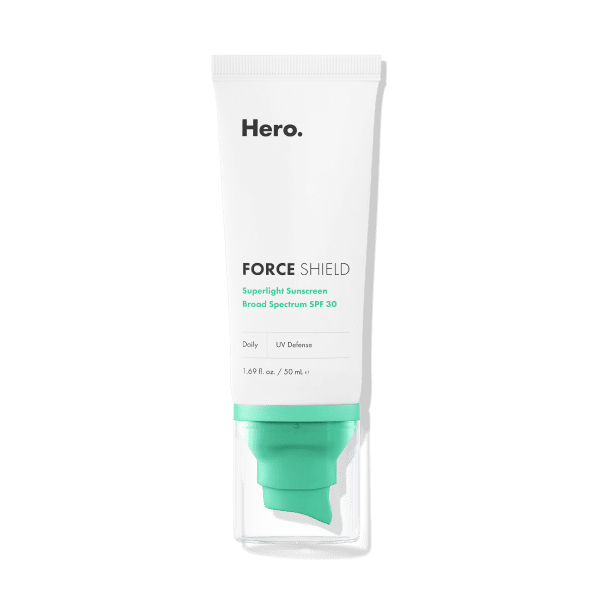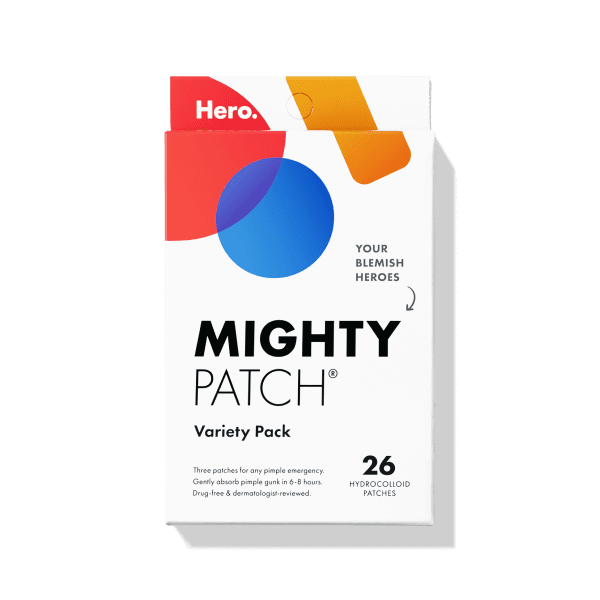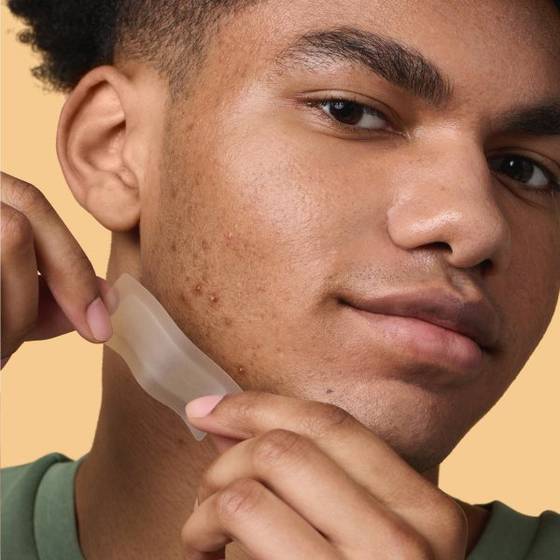
Over the past few years, acne patches have taken the U.S. skincare market by storm. By now, most people know what they do (treat spot breakouts), but they don’t know that there are two distinct types of acne patches. One is made of hydrocolloid and the other consists of acne treatment medications, like benzoyl peroxide or salicylic acid. Both may appear the same - as round sticky dots - but they way they work is completely different.
So, how exactly do they work?
Hydrocolloid Acne Patches
Hydrocolloid is not an ingredient slapped on a sticker to make an acne patch, but a material that actually becomes the adhesive itself. It is made of gel-forming agents, such as pectin, gelatin or sodium carboxymethylcellulose, which adhere to your skin to provide insulation and a moist, healing environment. Originally developed to treat wounds, the agents in hydrocolloid actively absorb fluids and pus without drying the surrounding skin. And hydrocolloid works just as well for acne as it does for wounds. The very same ingredients that make the acne patch stick literally suck the white gunk out of a pimple and into the patch. If you’ve used a Mighty Patch or another hydrocolloid patch before, this is what you can see left on the patch after you remove it.
Some hydrocolloid patch brands may also add ingredients like aloe, tea tree oil or salicylic acid, but hydrocolloid is the main ingredient doing the heavy lifting.
Did you hear? Mighty Patch Original is the #1 best-selling acne patch.* Shrink the look of zits in just 1 use and protect zits from picking and popping. Stock up on the patch everyone loves!
*Based on unit sales, Circana total US Multi-Outlet, latest 52 weeks ending 05/04/2025.
Acne Treatment Patches
Acne treatment patches are different because they are not made of hydrocolloid. They are simply stickers that contain active ingredients, like salicylic acid, tea tree oil, benzoyl peroxide or any combination of the three. The material of the patch is typically more rigid than hydrocolloid patches and feels almost like a band-aid.
Pus and fluid are not sucked out of the blemish as they are with hydrocolloid patches. Instead, the enclosed environment behind the sticker helps keep the medicine on the skin and prevents you from touching and picking the blemish.
Popular acne treatment patches include Peter Thomas Roth or Missha Speedy Trouble Recovery Patch.
So which is better?
It really depends on the type of pimple you are treating. Since hydrocolloid sucks up water and fluid, those patches work best on zits that have come to a head (meaning you can already see white pus under the skin). For early stage pimples (red or inflamed but without obvious fluids under the skin), acne treatment patches may help minimize inflammation. Once the pimple does mature, you’ll want to switch to a hydrocolloid patch to absorb the pus.
Have more questions on how hydrocolloid patches work? Check out What are Hydrocolloid Acne Patches and How Do They Work?
The information provided in this article is for general knowledge and informational purposes only and does not constitute medical advice. It is not intended to be a substitute for professional medical advice, diagnosis, or treatment. Always seek the advice of a qualified healthcare provider with any questions you may have regarding a medical condition.

